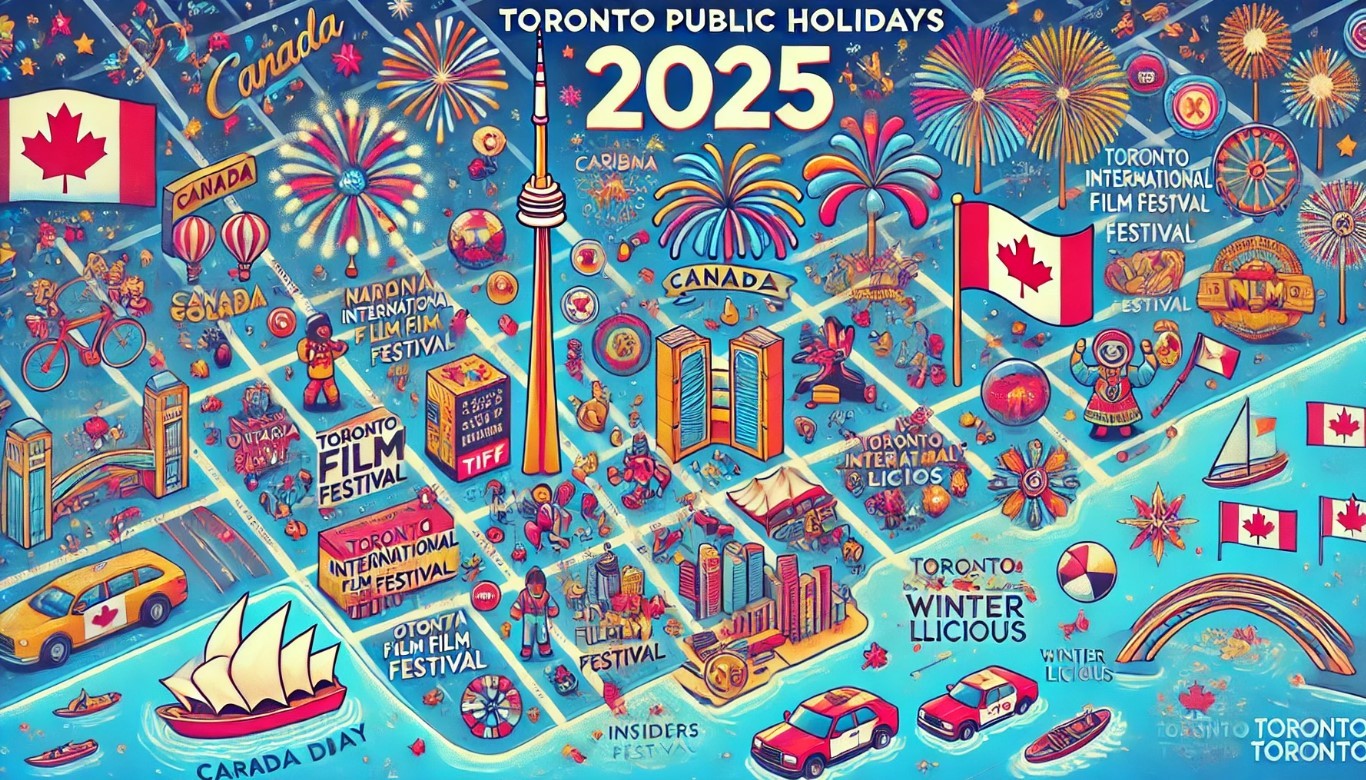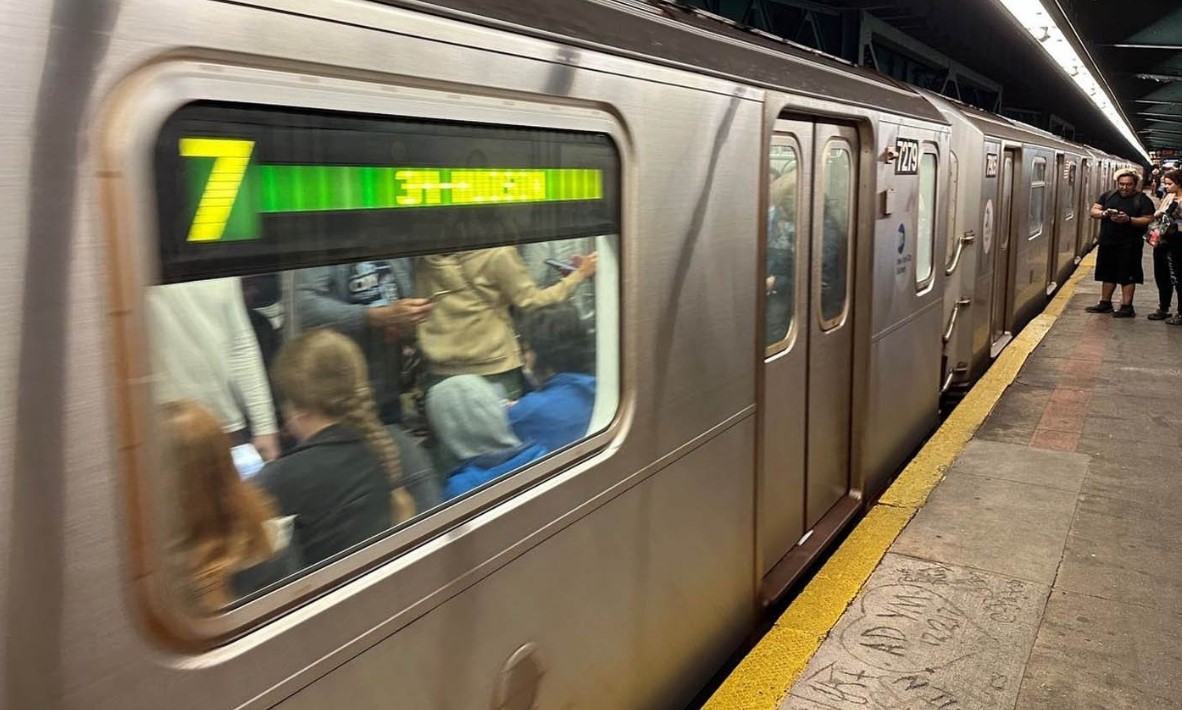How to Use Public Transportation in Toronto: Survival Tips
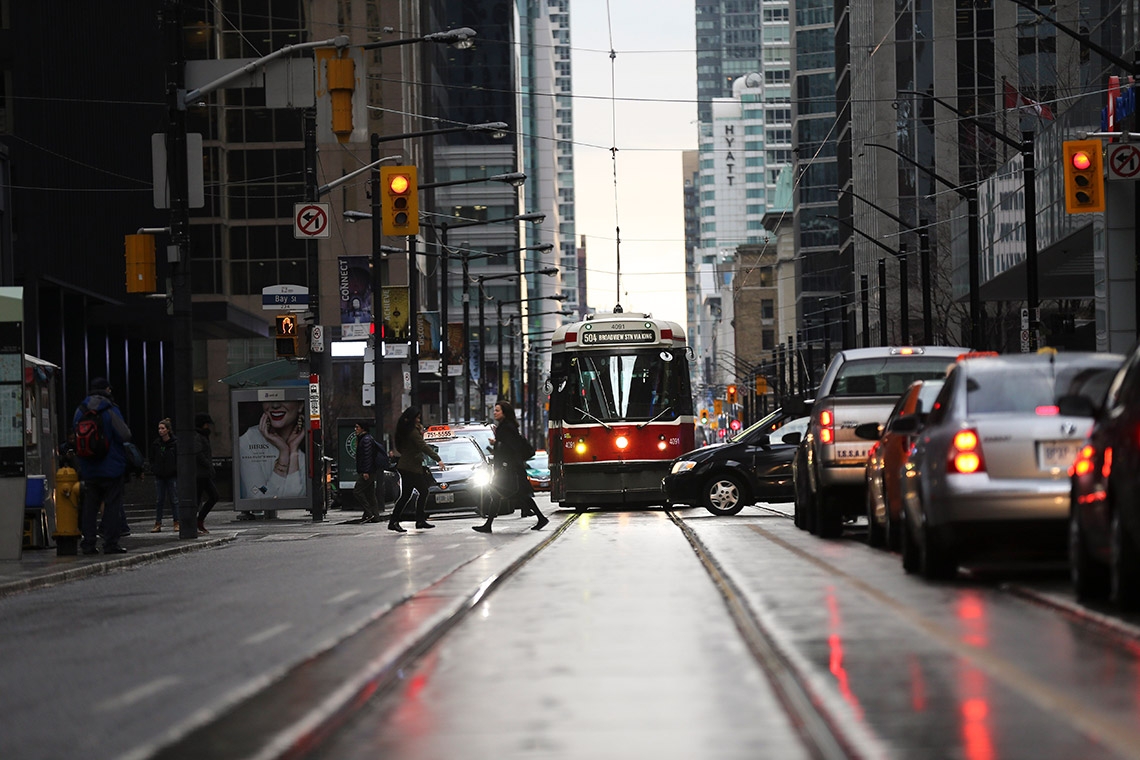 |
| Photo: University of Toronto |
In Toronto, the public transportation system that operates buses, subways, streetcars, and paratransit services is called the Toronto Transit Commission – widely known as the TTC. As a foreign tourist or an overseas student in Canada, the easiest way to travel is by using public transportation.
Below, KnowInsider will reveal some important information as well as some "survival" tips for a happy journey in Toronto:
What do you need?
A Post-Secondary Photo ID: In order to use a Post-SecondaryMetropass, which is cheaper than the regular monthly pass, you need to get a Post-Secondary Photo ID. The Photo ID Centre is located at Sherbourne station (Line 2 Bloor-Danforth), only 10 min away from ILAC’s Main Building and conveniently right below ILAC’s Dream Building!
Bring a valid piece of ID and your ILAC Letter of Acceptance. The cost is $5.25 (cash only!). The center is open from Monday to Friday from 3.00 PM to 7.00 PM and Saturdays from 10.00 AM to 4.00 PM. The whole process takes only a few minutes and you will walk out with your new Post-Secondary Photo ID in hand, ready to ride!
A Post-Secondary Metropass: This is a monthly pass running from the 1st day to the last day of each month. This pass costs $116.75 (as of September 2017) and will allow you to have unlimited travel across Toronto by Subway, Streetcar, Bus, or Paratransit.
You can purchase a Post-Secondary Metropass at any subway station. Fare agents accept cash, debit, or credit cards, but keep in mind the extra fees you may face when using international cards, according to International Language Academy of Canada.
6 steps to use TTC:
#1. Familiarize yourself with the subway map. Toronto's subway system is complex and requires a sharp mind and some skill.
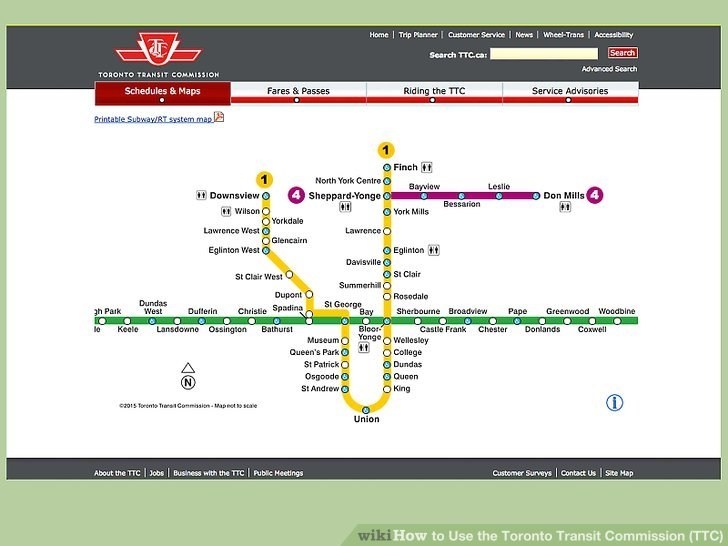 |
| Photo: WikiHow |
By observing the map above you, you'll see that there are four categories of subway lines.
The Yellow line is called the: 'Yonge-University line'.
The green line is called the: 'Bloor-Danforth' line.
The blue line is called the 'Scarborough RT' line. Keep in mind that the Scarborough line does not use subway trains but ICTS Mark I trains.
The purple line is called the 'Sheppard' line.
When you're on the platform at a subway station, know where is north, south, east, and west. You can simply determine this by looking up at the large map above you. This large sign will display the station you are at in a large-easily to read font, a copy of Toronto's subway map, and whichever way the train you are waiting for. Example: Don Mills Station - (Toronto Subway Map) - Line category on top and direction of travel (ex. Westbound to Leslie).
#2. Understand the acronym: DWA. 'DWA' stands for Designated Waiting Area. The DWA is the standard spot for riders to catch the next train. On the edge of the platform is a yellow line. Riders are prohibited from passing the yellow line as it is dangerous, according to WikiHow.
#3. Get to know the bus routes. Some routes within the TTC system have different variations. For example 100 Flemingdon Park and 100A Flemingdon Park. This means that taking the 100A would take you to an unintended place as opposed to taking the 100 which supposedly would take you to the place you intended to go.
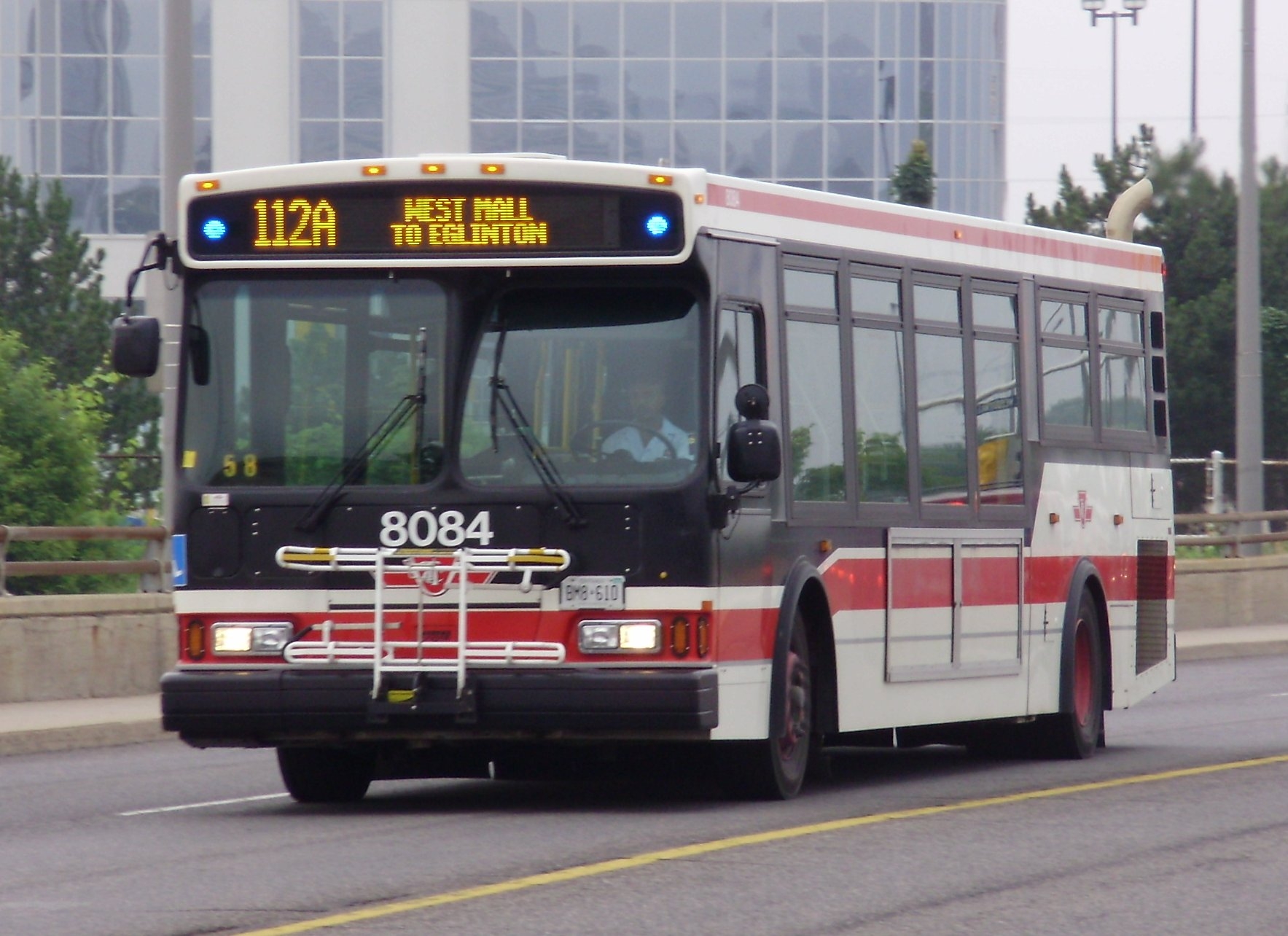 |
| Photo: City Data |
#4. Realize that emergencies can happen on public transit. Emergencies such as assaults, vandalism, and accidents can occur on public transit. Don't hesitate to press the alarm (there are many alarm buttons on subway trains and subway platforms). At subway stations, security guards, called Special Constables are on guard, ready to serve, protect and inform riders. Interact with Special Constables, they're very friendly and they are knowledgeable.
#5. Pay the appropriate fare. The Toronto Transit Commission relies on its riders to generate its transit system. So paying the appropriate fare is the right thing to do. You also can purchase a metro pass if you're a frequent user or a Student Discount Card. All that information is posted on the TTC's website. Understand that refusing to pay the appropriate fare will result in being fined by a TTC special constable and you may be subject to court.
 |
| Photo: WikiHow |
#6. Consider the Blue Night network if you travel at night. The Blue night network is the overnight transit service provided by the TTC. This network consists of 22 routes and two streetcar routes, distributed so that almost all of the city is within 2 kilometers (1.2 mi) of at least one route. During the Blue Night service, The route may change if the route is part of the Blue Night network. For example, the 25 Don Mills route will be changed to '303 Don Mills' during Blue Night hours.
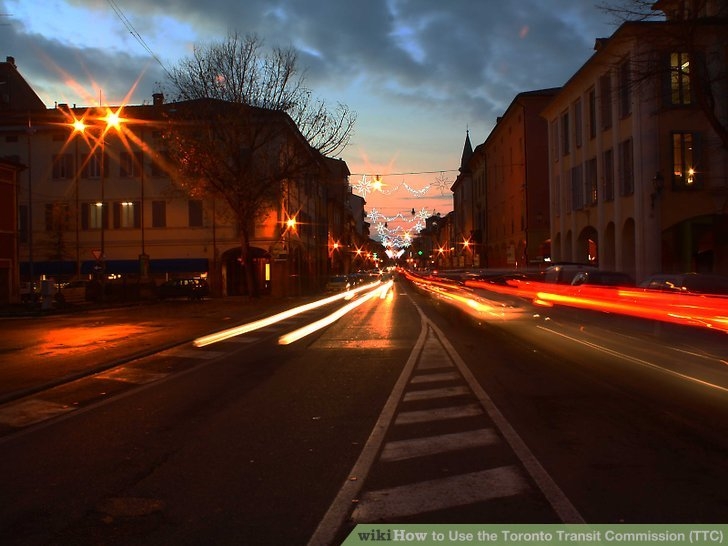 |
| Photo: WikiHow |
Also note that during the Blue Night Network, you can request the bus operator to drop you off in front of your home rather than the closest bus stop if you feel vulnerable walking alone out at night.
These are some survival tips KnowInsider suggests for you to travel by public transport in Toronto. If you think our tips are helpful, share this article for everyone to know.
 How To Prevent Mosquitoes Inside Of Your House How To Prevent Mosquitoes Inside Of Your House Mosquitos can make their way into your room through open doors and windows even the minuscule holes in your window screens. Those strategies may help ... |
 How to Organize Your Fridge Properly? How to Organize Your Fridge Properly? If you are getting daunted by not knowing how to organize your fridge, here are some useful tips that KnowInsider wants to share with you. ... |
 How to Clean Smelt Sinks and Drains at Your Home? How to Clean Smelt Sinks and Drains at Your Home? If drains in your bathroom or kitchen sink smell of rotten eggs or sewage, you're not alone. It's a common problem but one which can ... |


